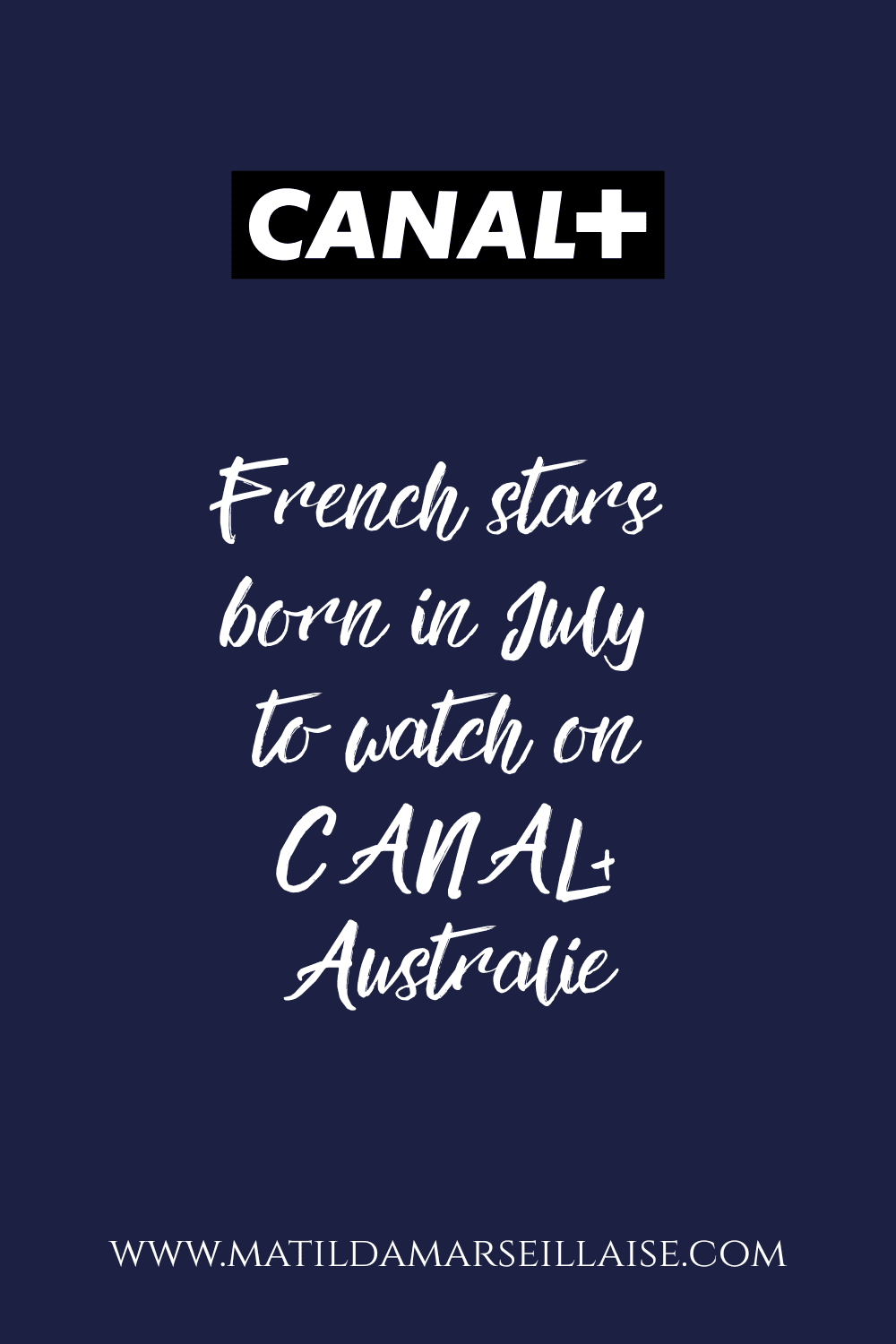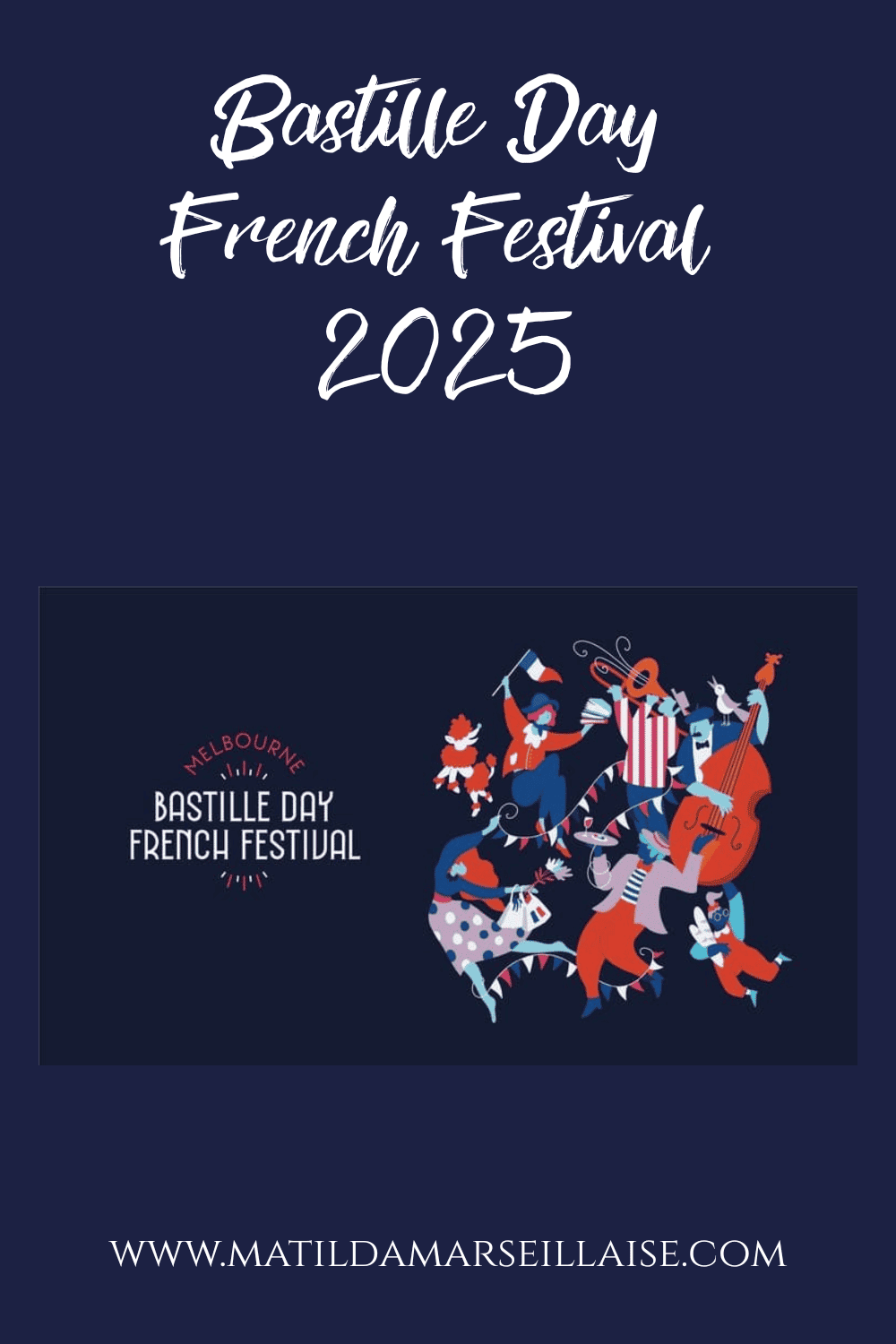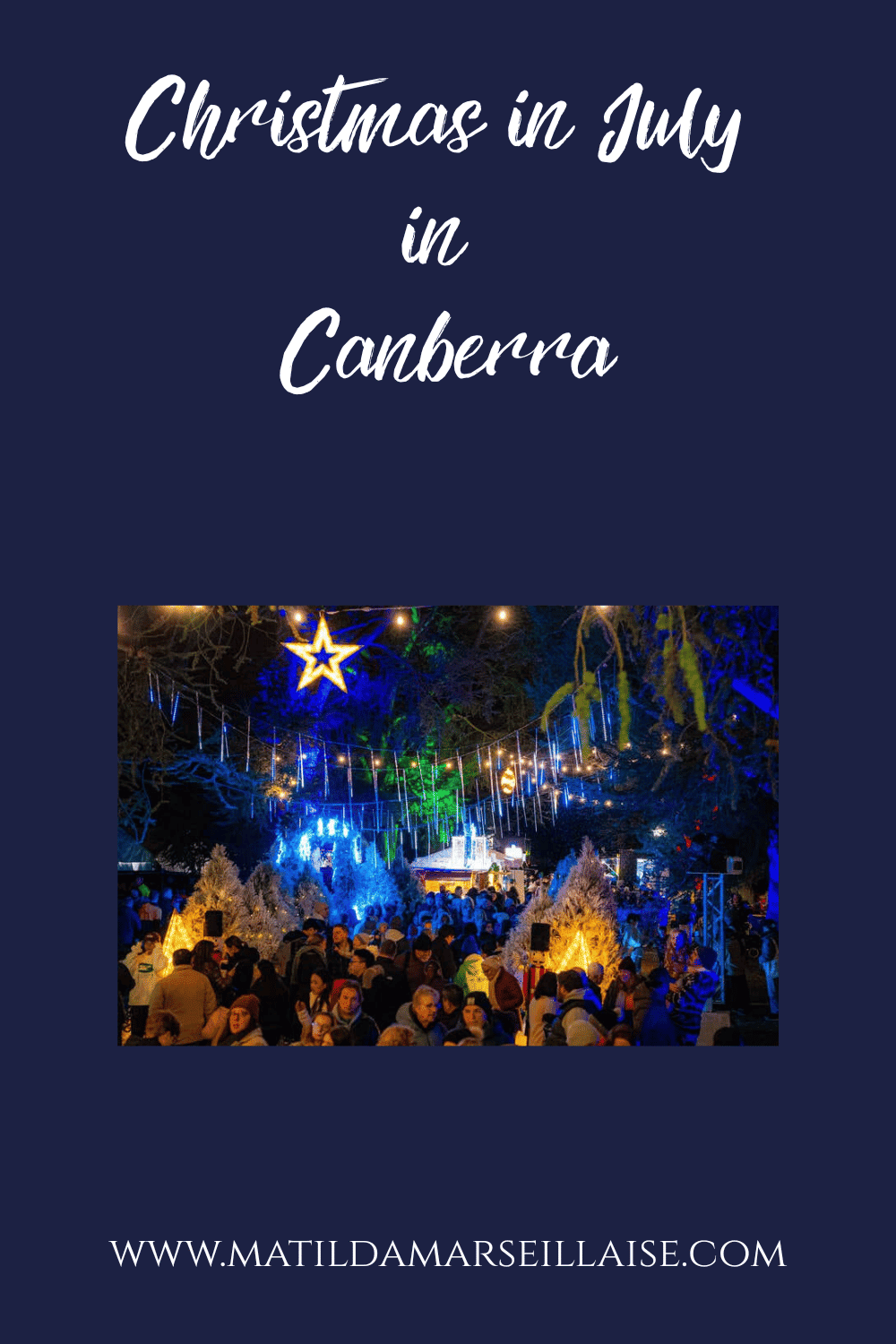Bertrand Lesca and Nasi Voutsas are the directors and stars of the play “Palmyra” which is performing exclusively at Adelaide Festival in 2019. We spoke to Bertrand Lesca about “Palmyra”.

I wanted to talk to you about your show Palmyra and your background. Starting with you, before creating Palmyra, what have you done?
Hmm, what have I done? I’ve done theatre for a long time and then I went to England to study over there. I studied a theatre course.
Apart from that, we did projects, we studied plays. It’s there that I started to put on my first play. Afterwards, I wanted to study more. I did a Masters in directing and writing at the Royal Academy of Dramatic Arts in London. And there, I wanted to work with other directors to learn about their ways of working. I met quite a few people and I was lucky to work with Peter Brook. There, it was my first tour and my first professional experience and it allowed me to know a little about what a big tour is all about as Assistant Director.
Which show was that for?
“Une flute enchantée », an adaptation of Mozart’s « La flute enchantée ». Afterwards, I put my Masters on standby. Upon returning, I got another job with a director, Declan Donnellan and we did a project together. It was “Ubu Roi » a French co-production.
I know it ! When I was at university, the French club put that play on.
Yes, it’s quite « “à la mode” The setting he had was great. It took place in a Parisian apartment which was really great.
So that was my second experience as an Assistant [Director]. And then, I left with a company that I started called Fell Swoop Theatre. After a few years, I met Nasi in Edinburgh. We were both putting on shows. And we started talking and thought it would be good to do something together. We met up again at the beginning of semester. We started to work on Eurohouse which was the first show that we did together. We left on tour to Greece and then created Palmyra which is the show we are bringing to Adelaide. And now, we are already working on our third show together.
In London?
Yes, still in London. We created a new piece which is the last of the trilogy. It’s a trilogy and “One” is the last play of that trilogy.
One like the number in English?
Yes, that’s right. We are also creating our fourth show now.
Wow! So you studied theatre in England. Why did you go to England to study? Or were you already there?
No, in fact, it was really just out of curiosity. I wanted to leave home, I wanted to discover… So I looked into universities in England. There were a few Anglophones going to England. And that gave me the desire to do it. I had a look at Warwick University and their programs were interesting. And for my family, it was reassuring that it was a serious course. So I then asked my parents if I could do that.
How old were you at the time?
I was 18 years old.
Ah so you had just finished high school when you left.
I don’t know if you know it but the theatre schools are very, very difficult to get into. There are many years of preparation required. And I didn’t want that. So I tried another route instead of tying myself down doing exams. I preferred to throw myself in, to take another route and put on shows instead of following the professional theatre route.
I had read that you and Nasi were clowns but you haven’t studied any traditional circus?
No. In fact that’s how they define us. It’s true that in the beginning we weren’t sure. But it is true that it does appear to be an accurate definition of our work. But we are not traditional clowns. On stage, we are versions of ourselves, so quite normal.
But there is a dynamic between us which is very much based on – there is an oppressor and an oppressed. To use the classic term, there’s the clown Auguste – the white clown I think. So it’s always me who is oppressing Nasi. But it’s a dynamic which is quite interesting in relation to politics that we explore and what we want to say. It’s quite a simple way of representing conflicts – political conflicts.
For example, in Palmyra, there is military intervention. It’s quite – the fact that there is a conflict between two people who represent the two opposing sides, it simplifies things and makes the show easier for the audience.
I read that you have porcelain plates that you smash on stage and I asked myself whether there is a link we are supposed to make between the destruction of the plates and the destruction of the city of Palmyra or whether it is just a name of the play and there is no politics involved.
Of course the plates are a symbol of destruction. We really tried to find a way that we could bring destruction on stage. And in fact, the thing is that afterwards we had a problem because plates are not precious enough. For the spectators, the plates don’t mean anything to them. In fact, for us in Palmyra, the plates are the starting point but it’s more generally about destruction, revenge, violence and problems that we have with the Middle Eastern conflicts and how they are perceived abroad – from Europe. The plate is the starting point but it has become a more general exploration. And then we are also quite critical of the way in which the media and people in Europe are affronted by the destruction of Aleppo. The destruction of an ancient site struck a chord with people and we ask why the destruction of Palmyra had so much media coverage and people were offended. We ask ourselves a lot of questions about that.
And why did you choose Palmyra as your subject?
In fact, we had just finished working together and someone who had come to see the show was talking to us about the destruction and pillaging and about the way… it’s always a subject in Greece and England. We said to each other “there’s something in that”. It’s all very poetic. And that led us towards the conqueror, Alexander the Great, who had all of these projects and people who cut heads off of statues. And then it took us slowly towards Palmyra. We saw the image of the museum in Mosul. People had destroyed a number of sculptures and were filmed doing it. And it marked us because and shocked us a lot and led us to ask why it marked us so much. And then we created the show that we created.
And you also said that Palmyra is the second play in a trilogy. Is it possible to understand the play without having seen its precedent?
Each play is independent but the plays correspond to each other. The thing that corresponds the most is that is both of us on stage and the dynamic is the same and there is a lot of public interaction. There are very few things on stage and it is still a political subject. And there you go, the idea, is that – each time we ask ourselves what happens for Bertrand and Nasi afterwards. Will Nasi get his revenge? That’s what created the next show.
And then the third show is about conciliation – is it possible to have a dialogue and a conversation after quite a violent conflict between two people? That led us towards political subjects that interest us. So it’s the third show and it’s about the rising of populism, the right and the left and then whether conciliation is possible. So the third show concludes with a dialogue and asks whether a dialogue is possible and whether those from two opposing political spectrums could really speak to each other.
Will it be your first time in Australia?
In fact, it was Neil from the Adelaide Festival who saw the show in a little room when we were touring it in England. He came to the South of England to see the show and sent us an email to say that he wanted us to come but we didn’t receive the email! There was someone who showed up at our lodge and told us he loved the show. In fact it was him and we didn’t know who it was! Afterwards we realised it was him. Rachel had seen the show in England at Edinburgh festival and liked it very much. And then we saw each other on a few other occasions…. and said they were going to do everything they could to bring the show to Adelaide.
Are you going to do a tour around Australia?
For the moment, it’s just Adelaide but the idea is to see how it goes and hopefully it will be the start of coming back for more dates in Australia next year.
You premiered the show Palmyra in Edinburgh, right?
Yes, that’s where it all started.
And how did that go?
It’s true that we were very worried because we hadn’t put on a lot of shows. We came back a year after putting on Eurohouse, the year before, which worked well. We were a little scared about our “comeback”, scared about our second album. So we went there, and everything went well, we were very happy. We had some wonderful reviews, the show was entered into the British Council Showcase; many people came to see the show and then it was programmed into their festival. Then we head to just before coming to Adelaide.
Why should people come to see the show?
There’s no obligation! I think that it is an approach to theatre and political theatre which is not at all conventional. For people who like something new, a surprise. Our theatre is very interactive with the audience. And the audience asks itself questions during the show, they ask what is happening and what their role is in the show. It created something very lively and the most important thing in theatre is the dialogue between the stage and the audience. For us, we do a lot in the show and we ask ourselves a lot of questions. I think that for people who like theatre, there is a living act, an act of dialogue. It’s a show which is beyond that. And then for people to ask themselves the same questions as us about their way of seeing the world. And then to go to the theatre and take time for reflection with other people and artistic propositions and to take time to think together.
Is it a serious play?
No. It’s also very funny. People expect it to be a serious play because of the title “Palmyra” but we use a lot of humour. We take people to the opposite of what they expect. Sometimes they laugh and then the laughs disappear and they are suddenly conflicted, and scared – we like this link between laughter and tragedy. There is something very funny. And afterwards, because it is a very important subject, people take distance from what they are seeing, which is not innocent. We speak about the ridicule of conflict. And it is important to be able to laugh because by laughing you get a little bit of distance from the subject.
It’s a rollercoaster of emotions? We are going to laugh, to be shocked, to reflect.
Exactly. I think that it is a good reason to be able to come along to ride on the rollercoaster of emotions.
You can see the show Palmyra at Adelaide Festival from 1 to 5 March. Tickets cost $49 but there are also reduced priced tickets for Friends of Adelaide Festival, concession card holders and the under 30s.
You can buy them here.




